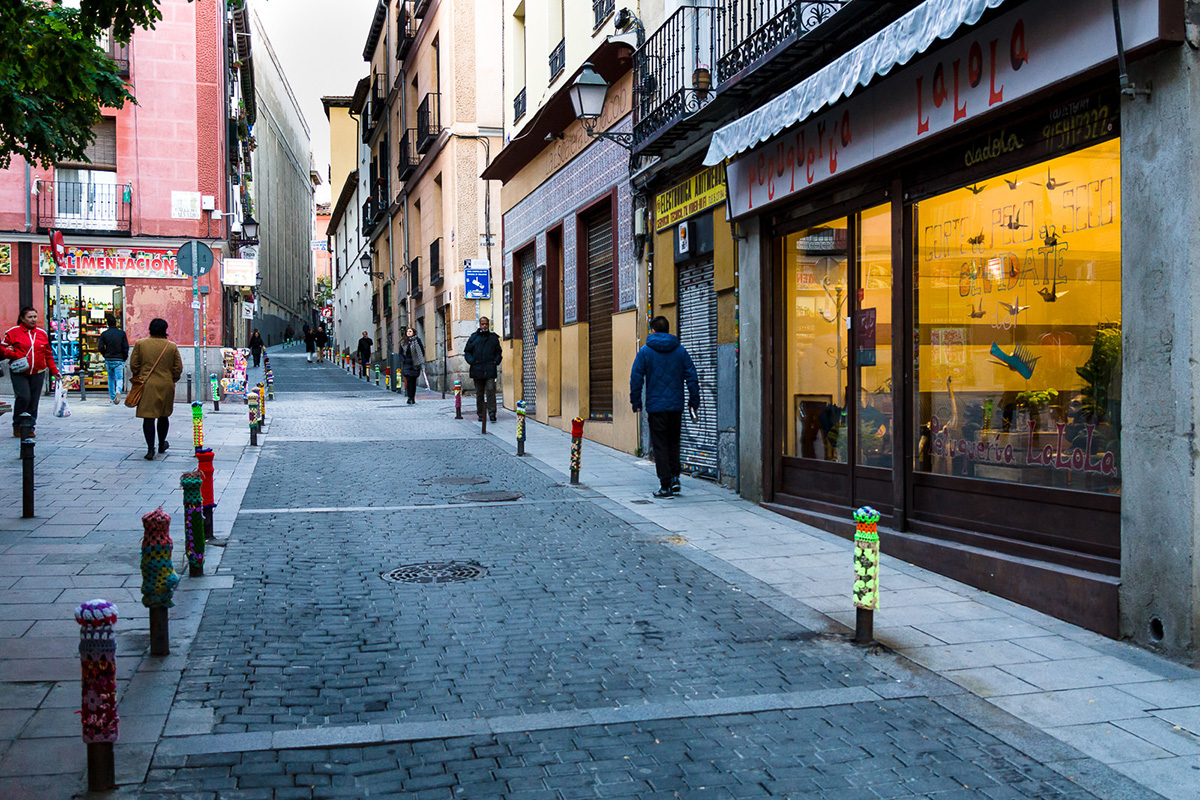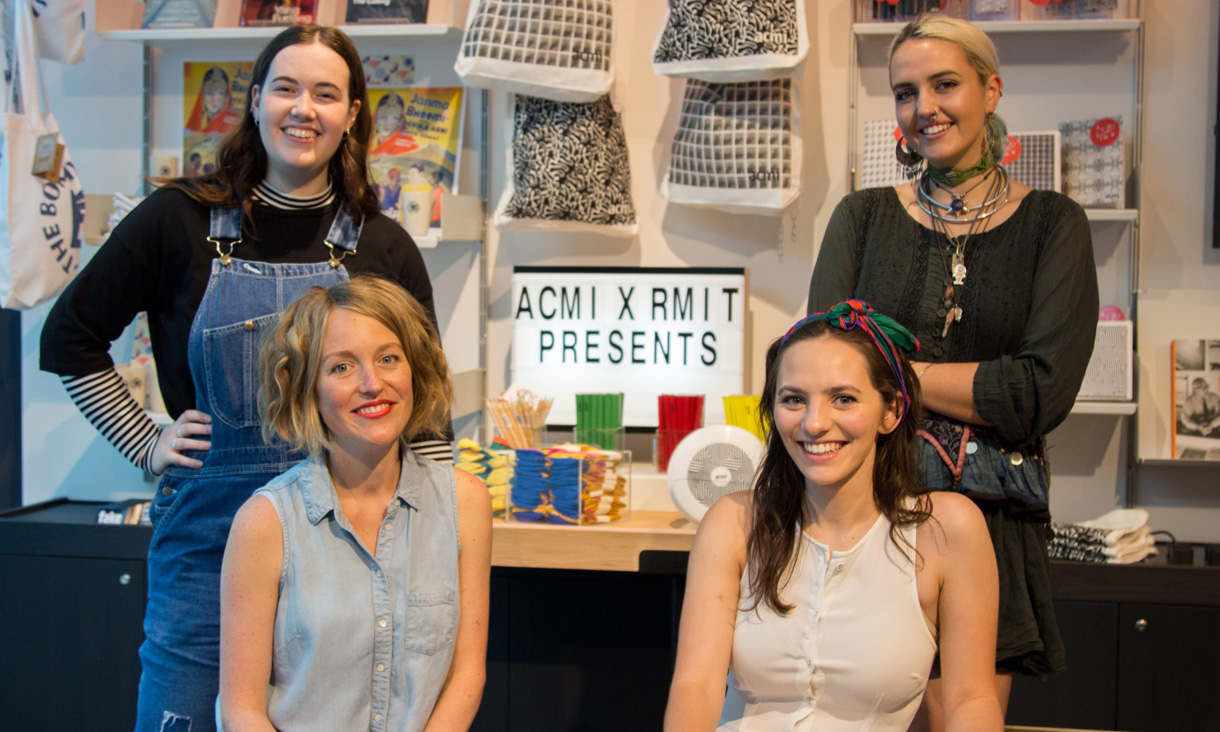Cole said sharing her art and culture was particularly important to her.
“Indigenous people in the past haven’t been able to or allowed to practise culture and art. I am so lucky and honoured to remember them during this process. I hope it prompts others to take up opportunities and give it a go,” she said.
“It has reminded me that my best work is when I share my culture through my artwork. It’s my best work and I think people can see the connection and power of it when they look at it.”
Program Manager for Textile Design Claire Beale said she was delighted to see Taylah recognised for her work.
“It’s all the more rewarding for Taylah to receive this award as one of our most talented Indigenous students,” she said.
"Taylah demonstrates the creativity, talent and all-important resilience and drive required for success as an emerging designer – combined with a strong connection with culture that deeply informs her approach to practice.
“We are very proud to see her recognised for her skills and talent, and look forward to celebrating the launch of her design. This is another important step in our reconciliation journey towards belonging and creating a shared future for design.”
Beale said the Bachelor of Arts (Textile Design) could be the poster child for RMIT’s founding motto: ‘A skilled hand, a cultivated mind’.
“As an innovative design program, it ensures our graduates meet the opportunities and challenges of a complex, urban-oriented future, through its unique mix of design expertise, conceptual thinking, critical analysis, and practical, creative and technical skills in textile design.”
Cole emphasised that acknowledgement was very important to her and her culture.
“I acknowledge the land that RMIT is on belongs to the Wurundjeri people,” she said.
“It brings me confidence that my point of view is important and it’s okay to come from a different background and that it is celebrated by myself and others,” she said.
“I have always wanted to start a social enterprise through the use of textiles to promote and support Indigenous communities. This is my dream, as my community and culture have given so much to me and have allowed me to become the woman I am. I want to give back to other Indigenous people.”
Story: Rowan Roebig
RMIT University acknowledges the Kulin Nations as the Traditional Custodians of the land on which the University stands.The University respectfully recognises Elders both past and present. RMIT also acknowledges the Traditional Custodians of lands across Australia where it conducts its business, their Elders, Ancestors, cultures and heritage.
National Reconciliation Week runs 27 May to 3 June.






